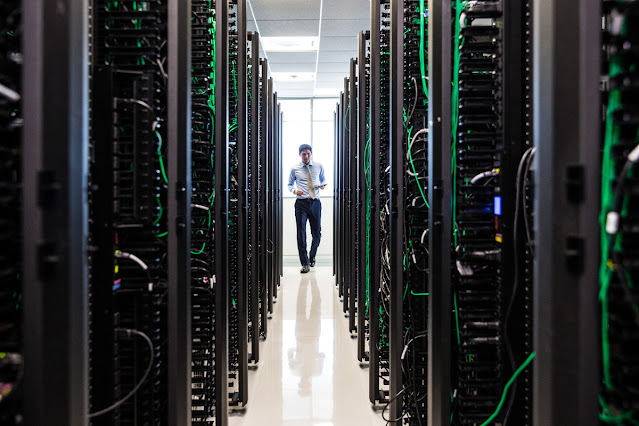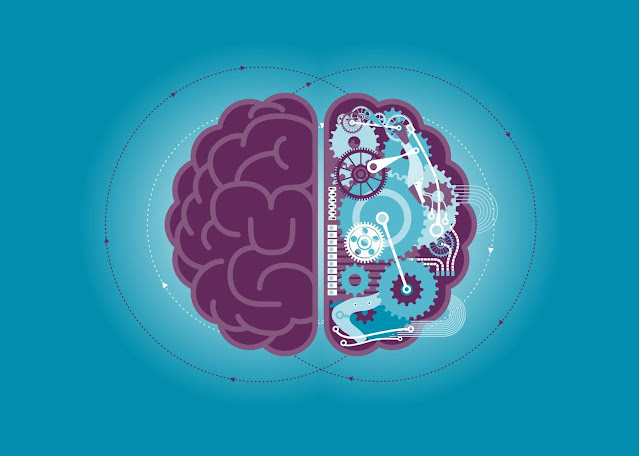As we wrap 2020, I want to reflect on the year gone by and what it meant for us folks at Cisco DNA Spaces. I think we can all agree that 2020 was a year like no other. It was a time of crisis, it was a period of upheaval; but it was also a period of innovation and transformation for location analytics products.
DNA Spaces is Cisco’s indoor location and IoT services cloud platform. It enables Cisco Catalyst and Meraki wireless customers to use their existing network to drive digitization within their buildings.
In a world where our websites and mobile apps are becoming smarter by the day, DNA Spaces was launched with the vision to make buildings smarter, for our customers to drive seamless Wi-Fi onboarding for people and IoT devices, for loyalty based differentiated experiences and for behavioral analytics across your business locations.
Prior to Covid-19, we fulfilled our industry’s need for location analytics, behavioral insights, engagement and onboarding tools. In the two years since launch we are the most deployed indoor location services platform in the world, with over 120,000 global business locations on the platform at present. Most customers used the platform to set up Wi-Fi onboarding, engagement rules, locate assets or collect monthly analytics reports and stats on how their locations were performing. Setup DNA Spaces one time and you are all set from an indoor location services perspective.
And then the pandemic hit.
New circumstances require new solutions
Schools and universities closed without notice. Companies went remote overnight. Stores had to close for in-person shopping. Venues had to cancel their events. The Covid-19 crisis was turning out to be most difficult for our customers that operated out of physical locations.
As the state and federal governments started imposing restrictions and social distancing became a survival tactic, everyone woke up to the importance of understanding how people move and interact within buildings—not just in retrospect but in real time. Navigating the global pandemic required enterprises, policymakers and health officials to understand indoor location behavior trends intimately and use those insights to drive safety and compliance.
The product team at Cisco DNA Spaces saw this as an opportunity to help the community adapt for long-term business resiliency. For a product whose mission is to digitize physical spaces, it was clear that if there was ever a moment we could make an impact, it was now.
Pivoting to meet immediate demands
Our team decided to quickly pivot and reprioritize our product roadmap to include apps that would help customers respond to the pandemic and prepare them to safely get back to business. At the heart of our product pivot strategy were our users. We engaged in conversation with them at every step – acknowledged their needs, collected their feedback, understood their point of view.
Any product team will tell you that taking new features to market with a very short runway isn’t exactly an ideal scenario. But we learnt that if your purpose is clear, if your whole team is onboard and if executed well, the experience can be extremely gratifying.
We tapped into some of our core features and repurposed them to build apps more relevant to the new needs created by the pandemic. This resulted in a suite of apps that facilitate a safe return to work in a suite of Back to Business apps and features, including:
◉ Proximity Reporting App for contact tracing based on wi-fi presence
◉ Right Now App for real-time people count and behavioral monitoring on a single pane across your business locations
◉ Density threshold-based triggers for safe capacities and social distancing
◉ Instant Captive Portals for contact-less customer experiences




















